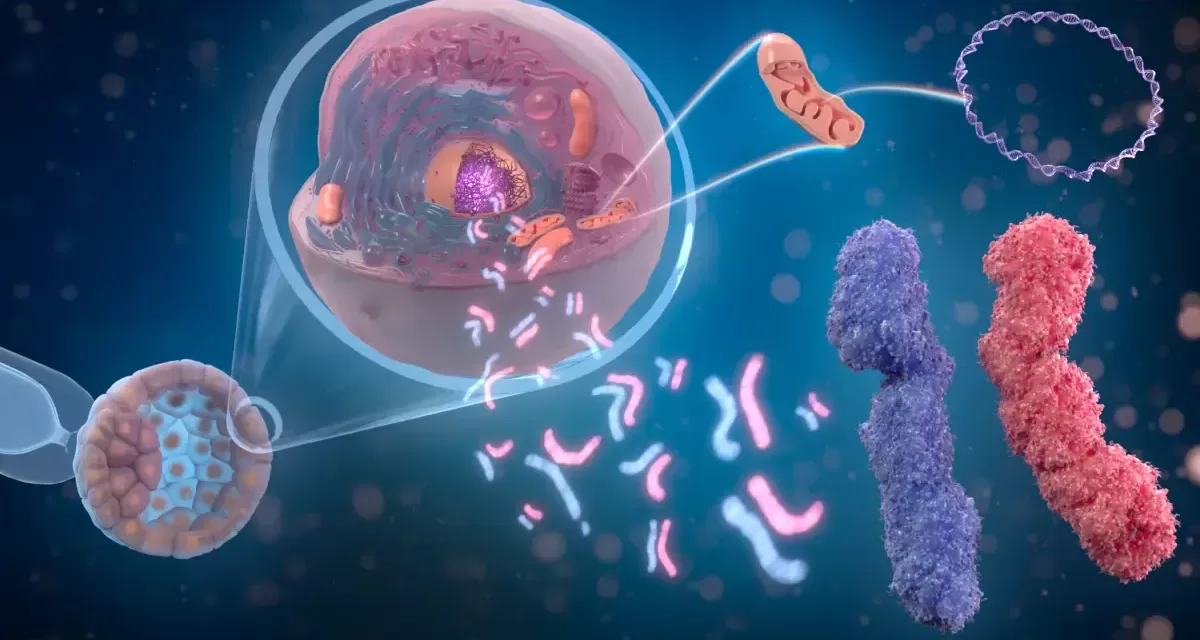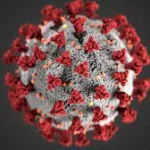A groundbreaking discovery in antibody development may hold the key to advancing research in Alzheimer’s and Parkinson’s diseases, as researchers unveil a new platform that overcomes long-standing challenges in studying the protein aggregation processes associated with these neurodegenerative diseases.
In diseases like Parkinson’s and Alzheimer’s, misfolded proteins clump together to form toxic aggregates that damage brain cells. The aggregation of proteins—known as protein aggregation—has been a major obstacle in understanding the molecular mechanisms driving these disorders. A team of researchers has developed a novel approach to generate aggregate-specific antibodies that could serve as critical tools for investigating these elusive and complex structures.
Presented at the 69th Biophysical Society Annual Meeting, held in Los Angeles from February 15–19, 2025, this new platform aims to address the challenges of studying pathological protein aggregates. These aggregates, particularly oligomers, are notoriously difficult to study because of their transient nature and structural variability. Traditional methods have struggled to capture and characterize these fleeting structures, leaving a significant gap in scientific understanding.
Antibodies, known for their ability to bind precisely to specific targets, have long been considered a promising tool for studying protein aggregates. However, developing antibodies against these transient and constantly changing aggregates has been a substantial challenge. This new platform integrates computational design and directed evolution, enabling researchers to generate antibodies capable of binding to protein aggregates or modulating the aggregation process.
Dr. Francesco Aprile, Associate Professor in Biological Chemistry at Imperial College London, led the study and shared his excitement about the breakthrough. “We can substantially speed up the process of discovery and production, which can save time and resources,” he said.
Through this novel platform, Aprile and his team successfully generated single-domain antibodies, or nanobodies, which target intrinsically disordered proteins—proteins that lack a defined three-dimensional structure and are prone to self-assembly into aggregates. These nanobodies can now target amyloid-beta and alpha-synuclein, two proteins that play a pivotal role in the progression of Alzheimer’s and Parkinson’s diseases, respectively.
“These intrinsically disordered proteins start to self-assemble and form aggregates like amyloid fibrils, which are a hallmark of Alzheimer’s disease,” explained Aprile.
The researchers’ ability to generate nanobodies that bind to different assemblies of amyloid-beta and alpha-synuclein offers new insight into the mechanisms of protein aggregation and its role in disease. This advancement could be a game-changer in understanding how these toxic protein aggregates form and how they contribute to neurodegenerative conditions.
More importantly, the research has uncovered specific regions within amyloid-beta and alpha-synuclein that may serve as promising therapeutic targets. This discovery paves the way for drug development that could potentially slow or even prevent the progression of Alzheimer’s and Parkinson’s diseases.
“Our platform represents a significant advance in our ability to study protein self-assembly,” said Aprile. “By efficiently generating nanobodies against these challenging targets, we can now delve deeper into the mechanisms underlying these processes and their role in disease.”
By targeting these critical protein assemblies, the team hopes to make strides toward halting the progression of these debilitating diseases, offering hope for the millions of people affected worldwide.
Disclaimer: This article is based on research presented at the 69th Biophysical Society Annual Meeting and is for informational purposes only. The findings discussed are in the early stages and further studies are needed to confirm their potential therapeutic applications.











